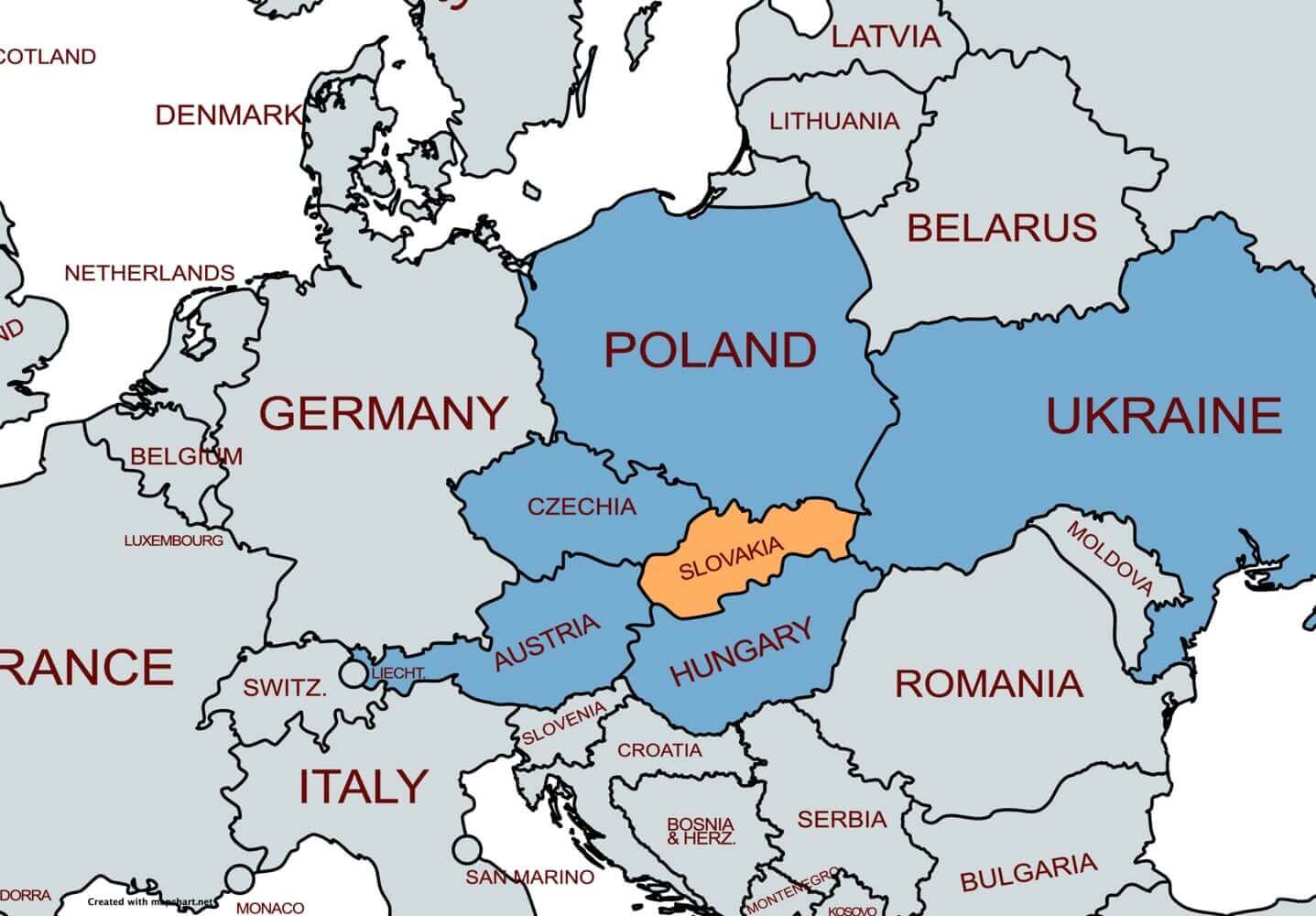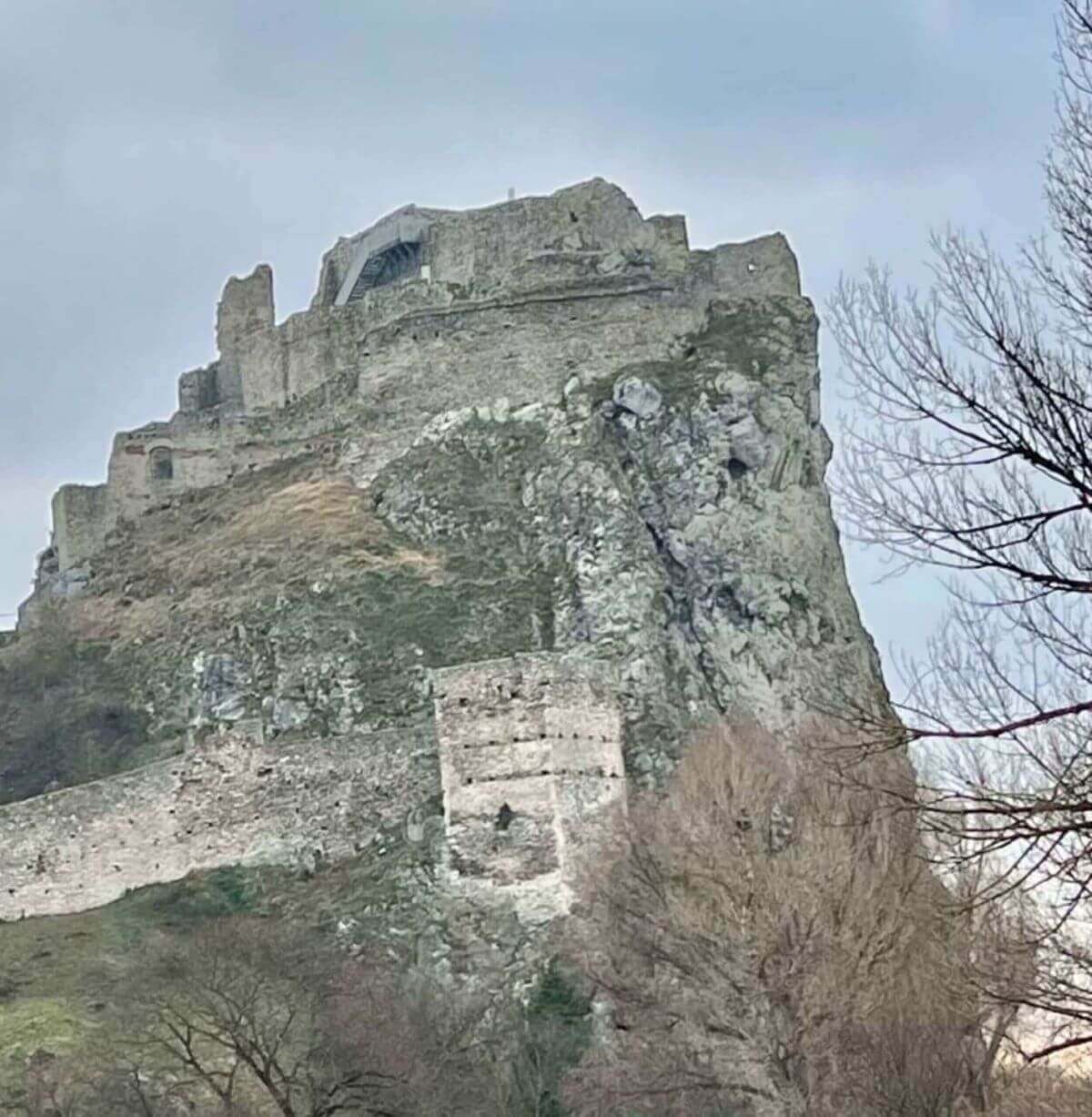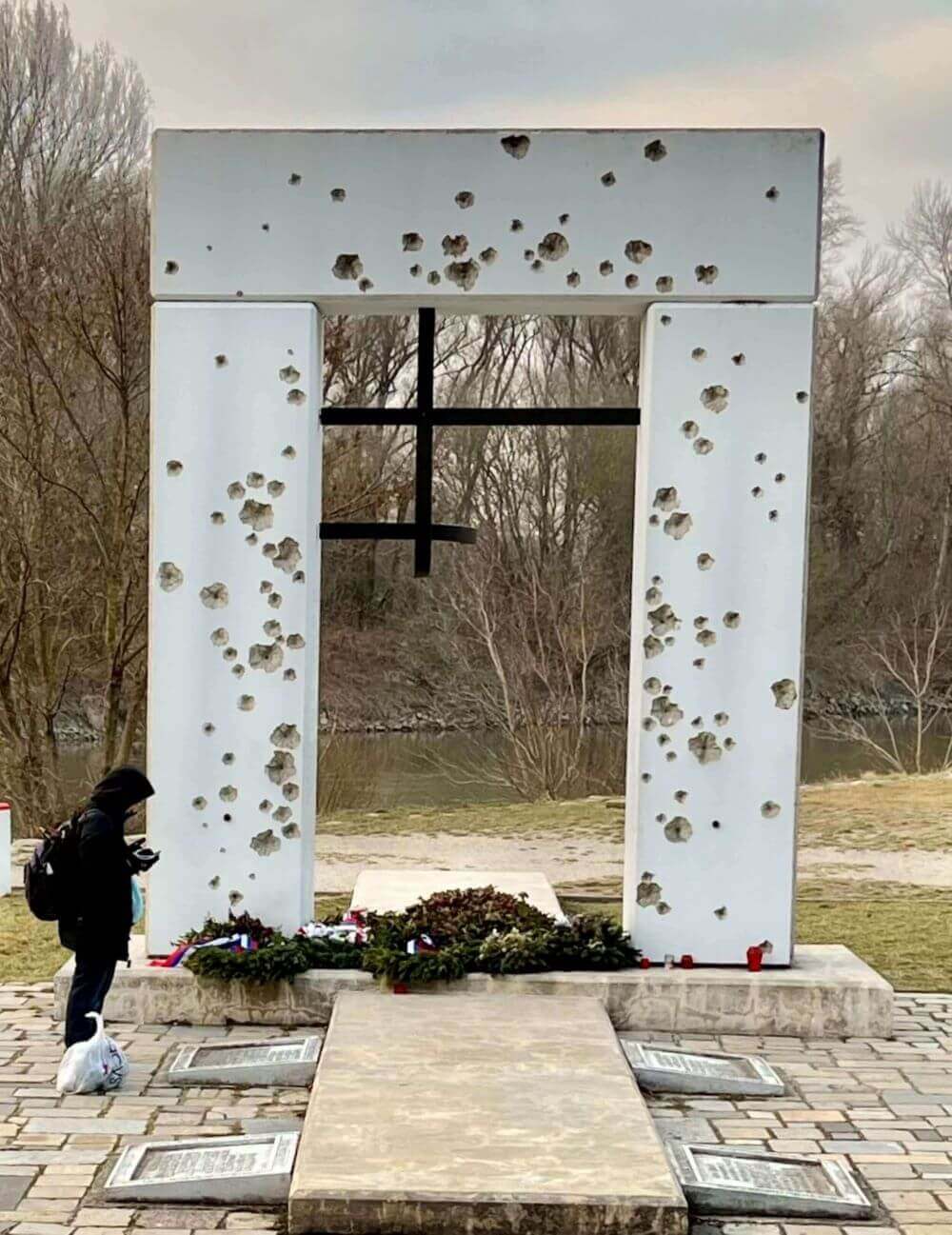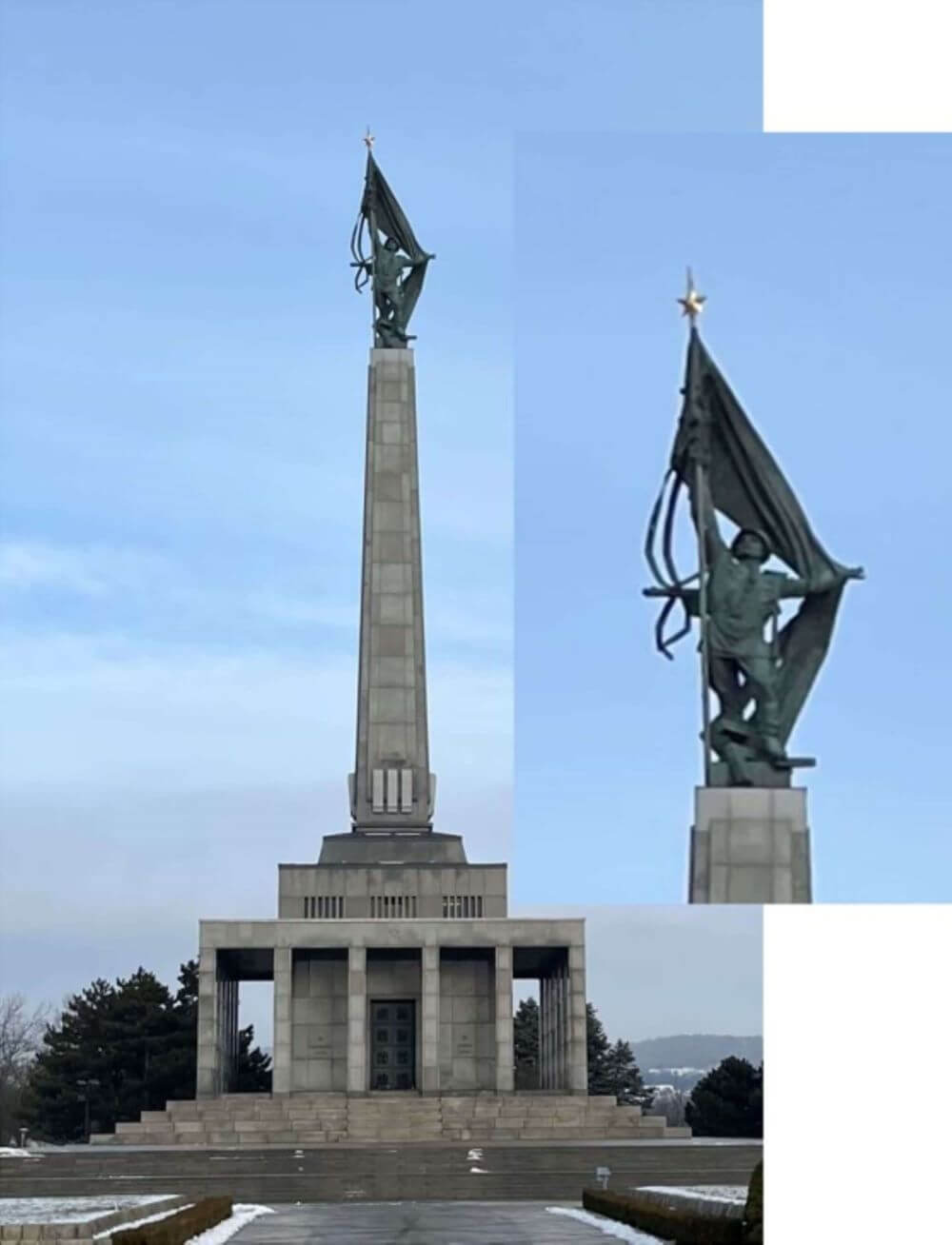
I visited Bratislava on my way from Budapest to Vienna with an American friend in January 2022. We opted to spend exactly 24 hours there because several people we spoke to said that it would only take us 4 hours to tour the city. It turns out this estimate was ridiculously off the mark – we managed to hit all the key landmarks in a mere 2 hours. Bratislava’s city center is extremely compact, and boasts a wide variety of fountains, monuments, and statues, ranging from the impressive Bratislava Castle (shown on the banner) to the quirky figure of Cumil the sewer worker emerging from a manhole. My only critique of Bratislava is the poor quality of the weather. The official reports stated that the city’s temperature was only a few degrees colder than neighbouring Budapest and Vienna, but I am convinced that the government must have fudged the numbers. When we disembarked in Vienna (which I need not remind you is hardly renown for being a tropical paradise), it felt like walking into a sauna in comparison. Just as all roads lead to Rome, all winds lead to Bratislava – I almost lost my hat on several occasions, and was forced to take it off and hold it when we walked around Devin Castle for fear of it flying off into the Danube.
Bratislava is the capital city of Slovakia. Located to the far West of the country, it is a short 1-hour bus ride from Vienna, and a 3-hour bus ride from Budapest. Although Bratislava is easily visitable in a day and lacks the glamor associated with Vienna, it is a very charming, quaint, and walkable city. Its city center is car-free, presents a variety of beautiful statues and fountains, and offers a great view of the impressive Bratislava Castle. The city also has an extensive bus and tram service, which were impressively well-run. All the buses that I took within the city came exactly when they were scheduled to arrive.

Czechoslovakia was part of the Austro-Hungarian Empire until World War I, and gained its independence in 1918. It was occupied by Nazi Germany during World War II, and was liberated by Soviet forces in 1945. During the Cold War, Czechoslovakia became a single-party communist satellite state of the USSR. In 1955, it joined the Warsaw Pact, which was a mutual defense treaty between the USSR and most communist-block Eastern European nations formed in response to the West's NATO. In 1968, the relatively liberal Alexander Dubcek rose to power within Czechoslovakia's communist party, and implemented a series of reforms. His actions angered the Soviet Union, which later that year joined forces with Bulgaria, Poland, and Hungary to invade Czechoslovakia, and ultimately deposed Dubcek. This prompted a rare split in the Warsaw Pact countries: Romania strongly criticized the invasion, and Albania actually left the Pact in protest.

Czechoslovakia remained under Soviet influence until 1989, when a series of relatively peaceful protests and demonstrations culminated in the existing communist government resigning. It was replaced by the Civic Forum led by Vaclav Havel, a playwright who opposed the communist regime, and who had spent several years imprisoned as a political dissident. This Velvet Revolution led to the country holding its first free elections in 1990, and gradually opening up to the West. In 1993, following a vote held by Czechoslovakia's parliament, the country dissolved into the two present-day nations of the Czech Republic and Slovakia. Given its lack of violence, this seperation is sometimes referred to as the "Velvet Divorce". Since then, both countries have joined the European Union, the Schengen free travel zone, and NATO. Unlike the Czech Republic, which still uses the koruna as its currency, Slovakia has joined the Eurozone. This means that you can use euros in Slovakia without needing to exchange currencies like you would have to in the Czech Republic or in Hungary.
Built in the 9th century AD, Devin Castle is a short 20 minute bus ride from Bratislava's city center. It overlooks the Danube river, which also serves as Slovakia's border with Austria. In the past, this castle marked the Kingdom of Hungary's Western limit. However, when the Cold War started around 1947, Devin Castle marked a significant boundary between the communist East and the capitalist West. Because Devin Castle was so close to neutral Austria, this area was heavily militarized to prevent Czechoslovakians from fleeing beyond the Iron Curtain and into the West. It was only after the Velvet Revolution of 1989 that this area was demilitarized, and that Slovakia's borders with Western Europe were opened.

Just outside of Devin Castle, the Gate of Freedom commemorates the Iron Curtain that separared Slovakia from Western Europe. Erected in 2005, this monument is riddled with bullet holes, and is dedicated to the 400 or so people who died trying to flee Czechoslovakia. At the time, the country's Western borders were heavily patrolled and well fortified with high-voltage electric fences. This stands in striking contrast to how easily one can travel across the border today. Because the Schengen Zone allows complete freedom of movement between member states, you can conveniently take a train from Slovakia to Austria without even showing your passport. I found this monument a sobering reminder of the heavy restrictions many people in Eastern Europe faced during the Cold War, and how integrated Europe has become since then.

In the West, it is easy to forget that it was the USSR that liberated much of Eastern Europe from Nazi Germany during the final stages World War II. In contrast to the Gate of Freedom, the Slavin Memorial was erected in honor of the Soviet troops that liberated Bratislava from its Nazi occupiers in 1945. The USSR's Red Army kicked German troops out of the key Czechoslovakian cities of Bratislava and Brno. This major offensive resulted in the deaths of around 17,000 Soviet troops. On the top of the Slavin Memorial, one can make out a Soviet soldier standing on top of a Swastika. The monument is in the midst of a military cemetary where over 6,000 Soviet soldiers lie, many of whom are in mass graves. Having grown up in Paris, I have been to many American cemetaries dedicated to the soldiers who died on D-Day. The Slavin Memorial resembled these in so many ways, and made me feel the same reverance I felt on the Normandy beaches in France. It felt like a hopeful reminder that, despite the countless political differences the USA has had with the USSR/Russia, our countries have at least occasionally fought on the same side.
